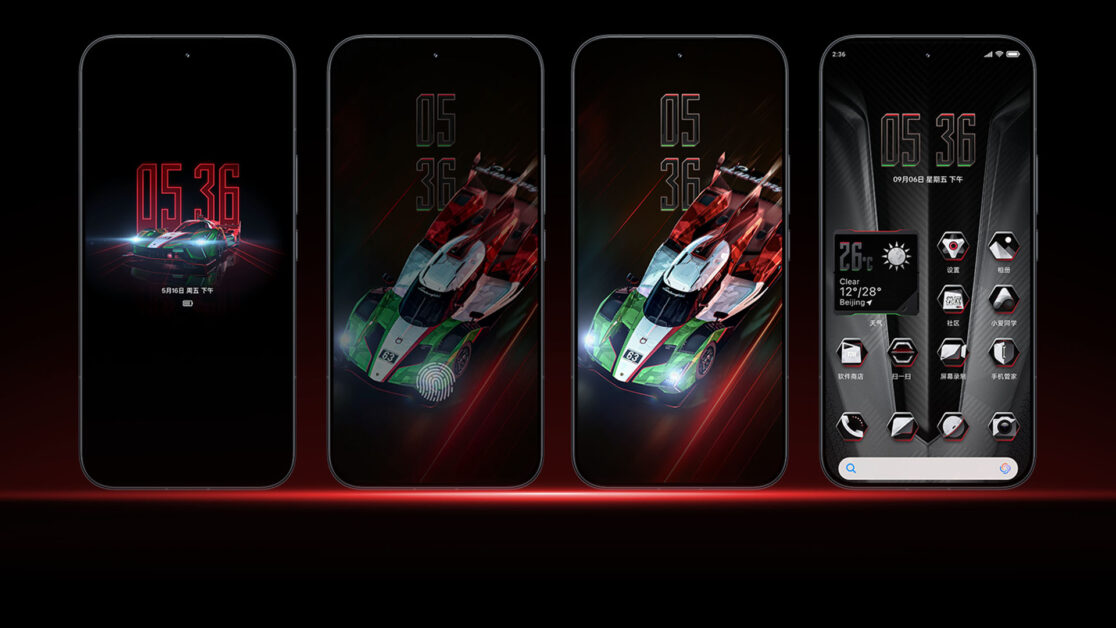A designer’s life is far more colourful than most people realise. It’s not just about juggling Photoshop layers or debating over fonts — it’s an ever-evolving blend of creativity, discipline, inspiration, and personal interests that breathe life into every project. In this detailed curation, we’re pulling back the curtain on the real designer’s life: from morning rituals and unique hobbies to real stories and future trends. Whether you’re an aspiring designer, a client, or simply curious, this insight will inspire and deepen your understanding of this dynamic profession.
Table of Contents
ToggleWhy Understanding a Designer’s Life is Important
Admiring a beautiful poster or sleek website is easy, but few people grasp what it takes behind the scenes. Understanding a designer’s life helps bridge that gap. It highlights the thought processes, the everyday struggles, and the inspiration that fuel stunning work. For clients, it builds respect and better communication; for beginners, it sets realistic expectations and motivation.
Daily Rituals that Define a Designer’s Life
A healthy designer’s life hinges on daily habits that keep creativity alive and deadlines in check. While each designer finds their rhythm, some rituals are beloved across the creative community.
Morning Rituals: Waking Up the Creative Brain
Most designers begin the day with a burst of inspiration. They might scroll through Pinterest, Behance, or Dribbble, updating mood boards and soaking in new ideas. Some prefer journaling thoughts or mind-mapping before checking emails — a practice that helps prioritise creative work before distractions creep in.
Coffee & Sketching Sessions
A steaming mug of coffee paired with a sketchbook is a classic ritual. Many brilliant ideas in a designer’s life start as quick doodles — free from the constraints of software grids. This simple habit often becomes the birthplace of brand concepts, layouts, and illustrations.
Balanced Breaks and Play
Long hours behind a screen can drain even the most passionate designer. A balanced designer’s life includes mindful breaks: a walk around the block, watering desk plants, or a power nap. Some designers use the Pomodoro technique — 25 minutes of focused work, 5 minutes of break — to stay fresh throughout the day.
Evening Wind-down
After intense brainstorming and revisions, winding down is vital. Many designers spend evenings reading design blogs, watching documentaries, or chatting with peers online. Unplugging from work mode helps keep burnout at bay and recharges creative energy for the next day.
Top Hobbies that Fuel a Designer’s Life
A fulfilling designer’s life goes beyond work; hobbies often act as a hidden engine driving new ideas. Here’s a curated list of interests that enrich many designers’ creative process.
1. Photography
Photography sharpens the eye for framing, colour contrast, and storytelling. Many designers, even amateurs, carry a camera or use their smartphones to capture inspiring moments — be it street scenes, textures, or lighting experiments. These photos later become a personal stock library for projects.
2. Travel and Exploration
New cultures, architecture, and local art scenes feed a designer’s curiosity. Travelling, even locally, exposes one to unique colours, patterns, and design philosophies. Some designers plan short city breaks or countryside hikes to refresh their mental canvas.
3. DIY Crafts and Handwork
A digital-heavy designer’s life finds relief in tactile crafts. Pottery, painting, embroidery, or woodworking give the hands a break from mouse clicks. This hands-on creativity often unlocks unexpected ideas when they return to digital tools.
4. Reading and Personal Journals
Many designers are avid readers — not just design theory but also fiction, biographies, and philosophy. Reading broadens perspectives and fuels concept thinking. Keeping a daily journal helps declutter the mind and track creative growth.
5. Gaming and Animation
Surprisingly, video games play a role in a modern designer’s life. Gaming hones visual storytelling skills, UI appreciation, and even sound design awareness. Some designers draw inspiration from game art styles and animation effects for client work.
Creative Tools & Workspaces that Shape a Designer’s Life
Behind every beautiful design is a thoughtfully arranged creative workspace. Here’s what you’ll often find in the sanctuary of a designer’s life.
The Studio Vibe
A designer’s workspace is usually an organised mess — mood boards pinned on walls, sketchbooks scattered on desks, and shelves lined with colour swatches, design magazines, and books. Many add plants or ambient lights to create a calming environment that sparks flow.
Essential Tools of the Trade
- A high-performance laptop or desktop with updated software.
- Drawing tablets for digital sketching.
- A collection of pens, markers, and sketchbooks.
- Calibrated monitor for accurate colours.
- A good pair of headphones for zoning in.
- External drives and cloud storage for safekeeping big files.
- A comfy chair to support long sitting hours.
Together, these tools keep the designer’s life efficient and flexible, ready to tackle anything from branding to UI design.
Challenges Within a Designer’s Life
A romanticised view ignores the real struggles hidden in a designer’s life. Here are some realities every designer faces.
Creative Blocks and Deadlines
Even the most creative minds get stuck. Pressure to produce fresh concepts under tight deadlines can be exhausting. Many designers deal with this by switching tasks, seeking feedback, or taking a break.
Client Expectations
Balancing a client’s vision with the designer’s expertise is a constant dance. Clear communication, patience, and some negotiation are critical skills in a designer’s life.
Keeping Skills Relevant
Trends change fast. A responsible designer’s life includes staying updated — from learning new software features to understanding modern design ethics and accessibility principles.
Real-Life Stories: A Peek into a Designer’s Life
To make the designer’s life more relatable, here are a couple of real stories.
Sarah — The Freelance Brand Designer
Sarah, a London-based freelancer, designs brand identities for startups. Her typical day involves hopping between video calls, sketching logos in a café, and revising concepts late at night. To stay inspired, she travels every few months and photographs urban murals, later using these visuals in client pitches.
Alex — The In-House UI/UX Expert
Alex works at a fintech firm, balancing user testing and design sprints. His side hobby of comic illustration helps him develop engaging, user-friendly app flows. After work, Alex mentors junior designers online, enriching his own designer’s life while giving back to the community.
Maintaining Well-being in a Designer’s Life
Design work can drain mental and physical health if neglected. Here’s how designers stay balanced.
- Boundaries: Logging off at a set time and saying no to unrealistic deadlines protect peace of mind.
- Fitness: Short workouts or yoga breaks improve focus and posture.
- Social Life: Meeting fellow creatives, attending workshops, or joining design festivals keep the passion alive.
A healthy mind and body sustain a thriving designer’s life, preventing burnout and creative fatigue.
Tips to Curate a Balanced Designer’s Life
Want to elevate your own designer’s life? Try these proven tips:
- Limit Distractions: Organise apps, set ‘Do Not Disturb’ times, and batch-check emails.
- Stay Curious: Enrol in online courses, read design books, or learn a new software plugin.
- Connect Authentically: Network without agenda. Genuine relationships can lead to unexpected collaborations.
- Take Intentional Breaks: Spend time offline, visit art galleries, or practice a hobby just for fun.
- Reflect and Re-align: Journal your creative goals and revisit them monthly.
Future Trends Shaping a Designer’s Life
A forward-thinking designer’s life is already adapting to exciting new shifts:
- Remote and Hybrid Work: Designers can work with clients globally, gaining fresh cultural insights.
- AI and Automation: Tools like AI art generators speed up routine tasks, freeing time for complex problem-solving.
- Ethical and Sustainable Design: More designers now prioritise eco-friendly materials and advocate for minimalism.
- Cross-Disciplinary Collaboration: Working with developers, marketers, and data scientists is becoming the norm.
Being open to change ensures that a designer’s life remains resilient and ahead of the curve.
Curated Resources for Every Designer’s Life
Here are trusted resources to keep you inspired and informed:
- Books: Steal Like An Artist by Austin Kleon, Thinking with Type by Ellen Lupton.
- Podcasts: Design Matters, The Futur.
- Websites: Dribbble, Behance, Creative Bloq.
- Communities: AIGA, CreativeMornings, local design meetups.
Conclusion
A designer’s life is a beautiful blend of deadlines, doodles, discoveries, and dreams. It’s a journey that thrives on curiosity, adaptability, and passion for solving problems in visual ways. Whether you’re sketching logos in a café, coding a website at 2 am, or wandering city streets for the perfect colour inspiration — embrace it all. Celebrate the messy desk, the caffeine-fuelled brainstorms, and the tiny breakthroughs.
Here’s to a designer’s life that’s not just about creating beautiful things — but also about living beautifully.
Step-by-Step Windows 12 Installation Guide
Redmi K90 Champion Edition Battery Test and Charging Speed Review
Redmi K90 Champion: The Ultimate 2025 Gaming Phone
Redmi K90 Champion Edition: Flagship Power at Its Best
Launch Iphone 17 Pro Max: Review Specs and Features
Toyota Fortuner Hybird 2025 Price, Features, Mileage, Interiors and Exterior
Share








